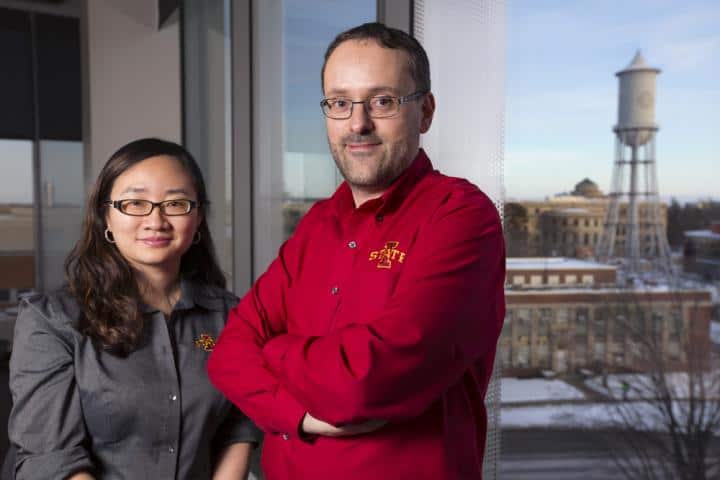Engineers from Iowa State University have developed a technique to create biorenewable nylon from sugar using a genetically modified strain of yeast and a form of hybrid catalysis.
The conversion process is described in the journal Angewandte Chemie International Edition. According to co-lead author Zengyi Shao, the process “opens the door to the production of a broad range of compounds not accessible from the petrochemical industry.”

Shao, working in tandem with fellow Iowa State assistant professor of chemical and biological engineering Jean-Philippe Tessonnier, led the group that created the genetically engineered yeast. This yeast was used to ferment glucose into muconic acid and helped to improve the acid’s yield.
Tessonier’s group then introduced lead as a metal catalyst and applied a small voltage, producing 3-hexenedioic acid. Following a simple separation and polymerisation of this substance, the researchers were left with biobased, unsaturated nylon-6,6. Unlike similar processes, this new technique is carried out at room temperature, and does not rely on precious elements such as palladium and platinum.
"The process does not need additional chemical supplement, and it works amazingly at ambient temperature and pressure, which is very rare for this type of process,” said Tessonnier.
The research was supported by the National Science Foundation Engineering Research Centre for Biorenewable Chemicals (CBiRC), which is based at Iowa State. According to Shao, the Foundation encourages the cross-pollination of ideas from different disciplines.
"CBiRC provides the nurturing environment to brainstorm what can be done with the expertise owned by two groups of experts who are trained through very different routes,” she said. “This vision of these fields working together is going to grow.”
Following the success of the project to date, the next step for the engineers will be to upscale the technology and develop a continuous conversion process.





Red Bull makes hydrogen fuel cell play with AVL
Many a true word spoken in jest. "<i><b>Surely EVs are the best solution for motor sports</b></i>?" Naturally, two electric motors demonstrably...